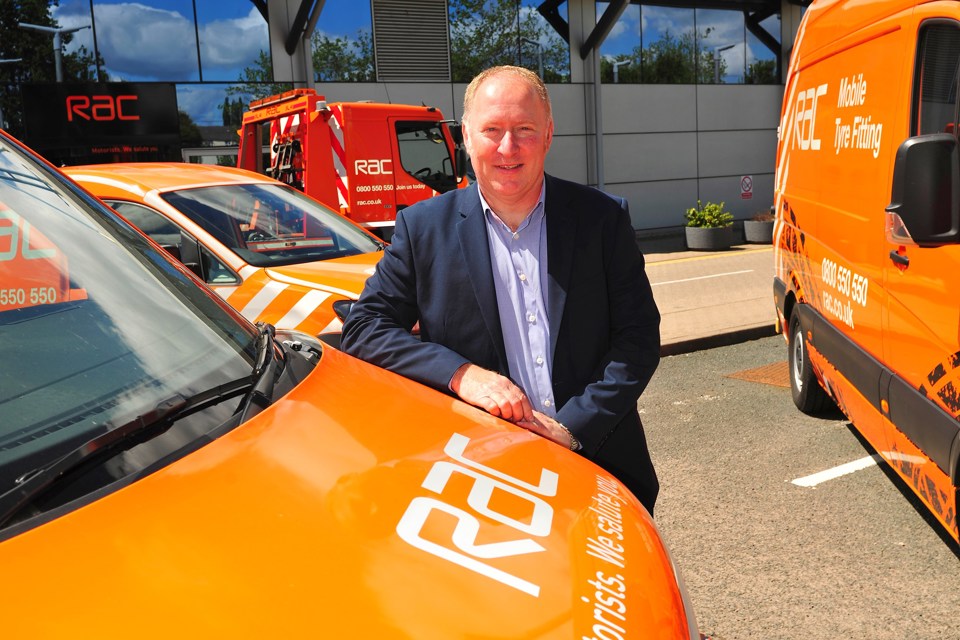The RAC has decided to switch a quarter of its patrol fleet from manual to automatic, helping to drive a surge in sales.
Registrations of automatic models to fleet and business customers have grown significantly during the past couple of years.
Almost 25,000 automatic vans were registered in 2016 – 42% (7,289) more than were registered the previous year, according to figures from the Society of Motor Manufacturers and Traders (SMMT).
The number of manual vans fell by about 1% (2,671) year-on-year.
Automatic vans accounted for 5% of fleet and business registrations in 2015, but by the end of last year that had risen to 7%.
RAC national fleet manager Tim Hartles (pictured) told Fleet News: “Automatic technology has moved on a great deal in the past few years.
“I think you’ve always compromised your towing capability and your mpg in the past, but the new automatics tend to be fuel efficient and much more capable of doing the job.”
The RAC’s decision to switch has been helped by more automatics being available.
Hartles said: “There’s definitely a lot more choice coming on to the market.”
The RAC is currently operating 320 automatic vans – a mix of Volkswagen and Mercedes-Benz models – whereas this time last year there were just 15 on the 1,600-strong fleet.
By the end of the year, as the patrol vans come to the end of their five-year cycle, it will be operating 400 automatics.
Tom Bishton, who joined the RAC patrol fleet in January, covers about 500 stop-start miles each week in his automatic van and has been impressed with the transmission’s performance. “The autos are easy to drive,” he said. “They’re a lot nicer to tow with as well.”
Hartles added: “We’ve had some really positive feedback from drivers on the towing ability of the autos. There’s also less work to do from the driver’s point of view.”
Telematics scores have improved, with fewer incidents of harsh acceleration, and drivers are going through fewer clutches, compared to previous years.
Automatic vans have also been achieving more than 30mpg in urban areas, something which Hartles admits is “a lot more” than they were getting on the manual fleet. “We’ve been blown away by the fuel economy figures,” he said.
Historically, fuel consumption on automatics was much higher, but now, with electronics monitoring the vehicle’s efficiency, and with more gears available, they are frequently more economical than manual versions.
The Mercedes-Benz Vito, for example, has emissions of 161g/km and a claimed combined of 46mpg for the automatic 114CDI, compared to 169g/km and 44mpg for the manual.
Meanwhile, an automatic BMW 320d has emissions of 99g/km and a claimed combined of 74mpg, compared to 102g/km and 72mpg for the manual transmission.
There can be a premium of about £1,000 on an automatic model compared to a manual version, but Hartles says strong residual values have kept monthly rentals low.
He added: “Feedback from drivers suggests we may go down the route of all automatic vehicles, but we haven’t made a decision on that yet. And, having a blended approach might be the right one for our drivers.”
SMMT figures also show that automatic company cars increased market share in 2016, up from 32% to 37% of all fleet and business registrations last year.
In 2016, close to 550,000 automatic cars were registered to fleet and business – 20% (93,220) more than in 2015. The number of company car manual registrations fell by 3% (31,375) over the same period.

















Login to comment
Comments
No comments have been made yet.